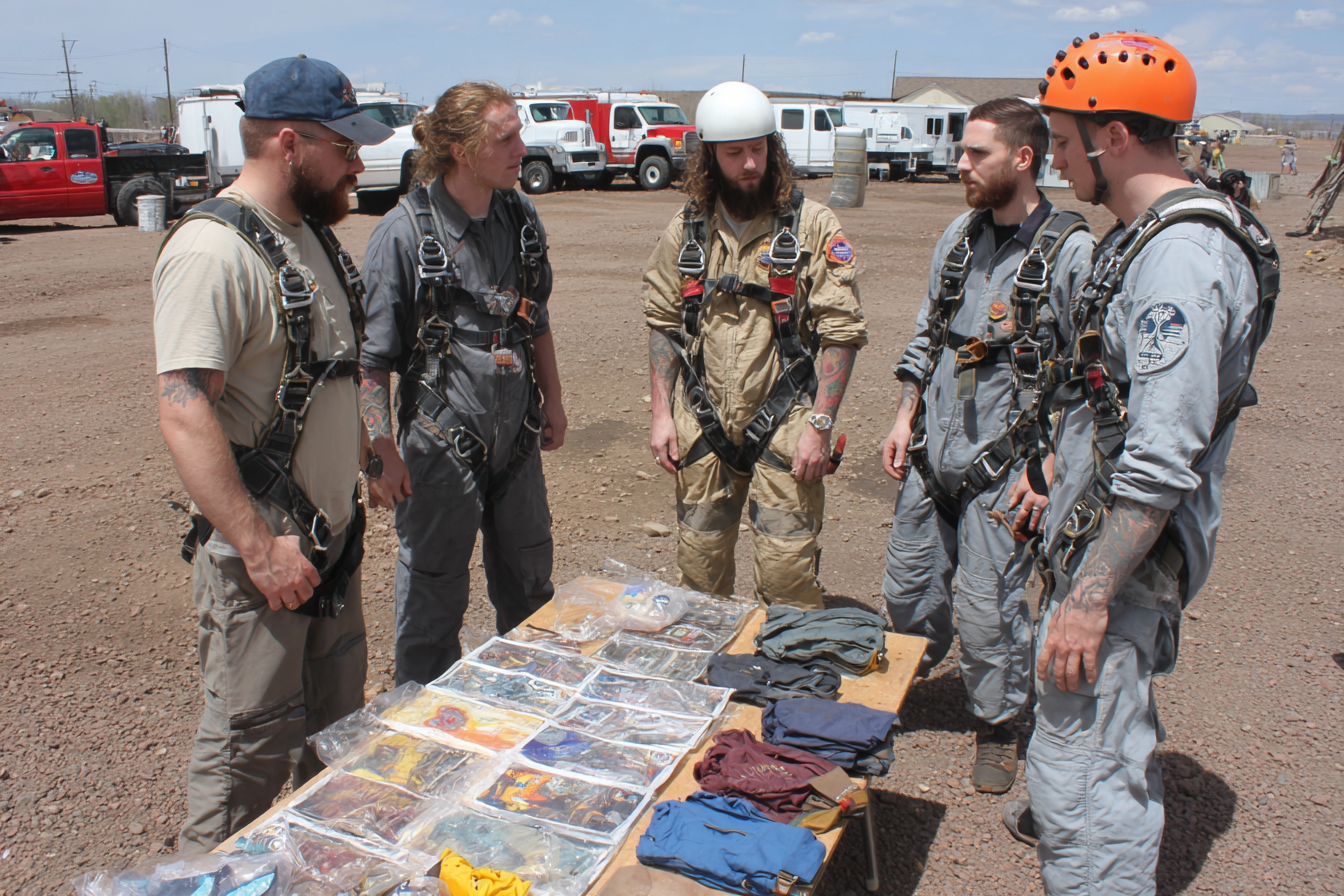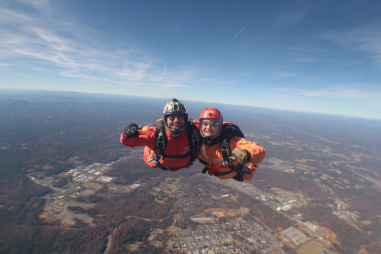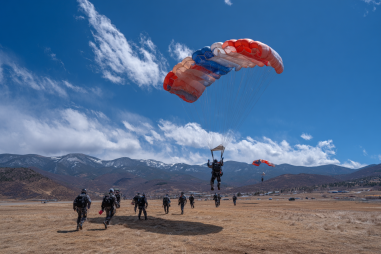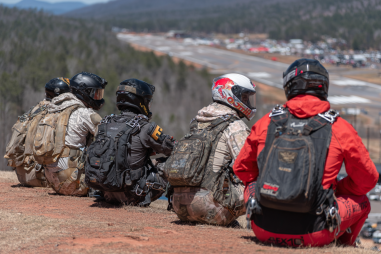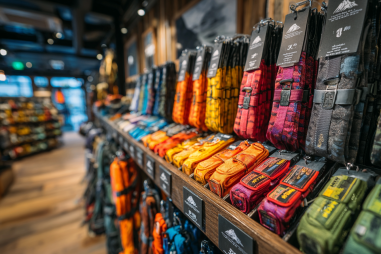Skydiving is an exhilarating sport that combines adrenaline, skill, and precision. One of the most important aspects of becoming a proficient skydiver is mastering your gear. Whether you’re a first-time student or progressing through your training, understanding your equipment is essential for safety and success in the air. This guide will walk you through all the essential skydiving gear you need to know about during training, how to use it properly, and how to maintain it for many exciting jumps to come.
Introduction to Essential Skydiving Gear
When you start skydiving training, you quickly learn that gear is not just about catching the wind—it’s about surviving in the sky. Essential gear includes the main parachute and reserve parachute, a harness and container system to carry them, protective helmets, altimeters to monitor altitude, and various safety devices. Each piece has a specific purpose and requires your attention when preparing for a jump. Getting familiar with these basics early on will build your confidence and help you make informed decisions every time you suit up.
Understanding Parachutes and Their Components
The heart of skydiving gear is the parachute system, which consists of several components working together to ensure a smooth descent. The primary parachute, or main canopy, is what opens first and is typically rectangular or elliptical in shape for efficient flight control and stability.
Key parachute components include:
- Canopy: The fabric part that inflates and slows your descent.
- Lines: Strong cords connecting the canopy to the harness, ensuring even distribution of force.
- Container: The backpack-like system that holds the main and reserve parachutes securely.
- Harness: Straps worn by the jumper that attach to the container, distributing the load safely.
During training, students learn how the parachute system works together and how to deploy the main canopy correctly. Understanding the opening sequence, the feel of canopy inflation, and handling canopy controls is vital for safe landings and maneuvering under the chute.
Safety Equipment: Helmets, Altimeters, and Reserves
Safety gear goes hand in hand with your parachute system. Each piece is designed to enhance your protection and situational awareness during the jump.
- Helmets: Protective helmets shield your head from impact during exit, freefall, and landing. Many training helmets are lightweight and equipped with communication systems to allow instructors to provide real-time guidance.
- Altimeters: These devices measure your altitude and help ensure timely parachute deployment. They can be analog (needle-based), digital, or audible alarms. Learning to read and trust your altimeter during freefall is a critical skill taught early in training.
- Reserve Parachutes: The reserve canopy is a backup parachute packed separately and designed for emergency use only. It’s crucial to understand how the reserve system functions, when it should be deployed, and the mechanics behind the automatic activation devices (AADs) that help deploy reserves if the jumper is unable to act.
Having a thorough understanding of all safety equipment dramatically increases a student’s confidence and reduces the risk of accidents.
Proper Fitting and Gear Inspection Routines
One of the biggest factors in skydiving safety is ensuring your gear fits correctly and is in excellent condition before every jump. Incorrectly fitted harnesses can cause discomfort, restrict movement, or worse—fail to hold you securely.
When getting fitted:
- Adjust the leg straps snugly but comfortably without cutting off circulation.
- Make sure the chest strap is secure, preventing excessive movement yet allowing flexibility.
- Check shoulder straps for even tension and a secure fit.
Once fitted, a thorough gear inspection is mandatory before every jump. This includes:
- Examining the canopy fabric for tears, holes, or excessive wear.
- Checking lines for fraying or knots.
- Ensuring the container closes properly and the pilot chute is properly stowed.
- Verifying the reserve parachute’s closing loop and AAD status.
- Testing altimeters and helmets for functionality.
Many drop zones have instructors or riggers who assist students in inspections, but developing a personal routine ensures you are proactive about your safety.
Using Gear During Training Jumps
Once familiar with your equipment and confident that it fits properly and is in good working order, the next step is learning how to use it during actual training jumps. These early jumps focus on understanding the sequence and timing of each action related to your gear.
Key uses include:
- Parachute deployment: Knowing when and how to initiate the deployment handle to release the pilot chute and inflate the main canopy.
- Monitoring altitude: Continuously checking your altimeter during freefall and under canopy to perform maneuvers safely and prepare for landing.
- Canopy control: Using toggles to steer left or right, slow down, or increase speed as you approach your landing spot.
- Emergency Procedures: Practicing reserve deployment, cutaway maneuvers, and handling malfunctions under instructor supervision until the student becomes proficient.
Training jumps are designed to build muscle memory and ensure that the interaction between jumper and gear becomes second nature, which is indispensable when adrenaline kicks in during real-world scenarios.
Common Gear Issues and Troubleshooting
Even the best gear can experience issues, and knowing how to recognize and troubleshoot common problems can prevent them from turning into emergencies.
Common problems include:
- Line twists: When lines get tangled during deployment, causing the canopy to spin. Learning how to identify this issue quickly and deploy the emergency procedures is critical.
- Hard openings: Canopy deployment that feels forceful, potentially causing discomfort or injury. Proper packing methods and gear settings usually mitigate this.
- Malfunctions: Including partial openings or pilot chute hesitation. Training on emergency drills helps students react calmly and correctly.
- Gear wear and tear: Frayed lines or damaged fabric need immediate attention and should be reported to a certified rigger.
Knowing when to ask for help and reporting any gear anomalies immediately give you and your instructors the tools to keep you safe.
Caring for and Storing Your Equipment
Proper care and storage extend the life of your skydiving gear and maintain its reliability. After every jump, it’s essential to:
- Rinse off any dirt, dust, or moisture, especially if jumping near the ocean or rain.
- Allow gear to dry fully in a cool, shaded area away from direct sunlight, which can weaken the fabric.
- Store your gear in a clean, dry, temperature-controlled environment away from chemicals or sharp objects.
- Have your reserve parachute repacked by a certified rigger every 180 days (or per manufacturer recommendations).
- Schedule regular maintenance inspections and repairs through professional riggers to keep your system in top shape.
Developing a good maintenance routine is part of responsible skydiving and ensures your gear performs flawlessly when you need it most.
Feeling Confident and Prepared for Every Jump
Knowledge and familiarity with your skydiving gear are what truly empower you to become a confident jumper. From the first fitting and inspection through your training jumps and into your regular skydiving practice, understanding every component and how it functions keeps you safe while enhancing your enjoyment of the sport.
Taking the time to learn about your parachute systems, safety gear, and proper maintenance routines creates a foundation that supports your skill development and your peace of mind. Remember, skydiving is as much about respecting and mastering your equipment as it is about the freefall. With the right gear knowledge, you’re well on your way to soaring through the skies with confidence.

